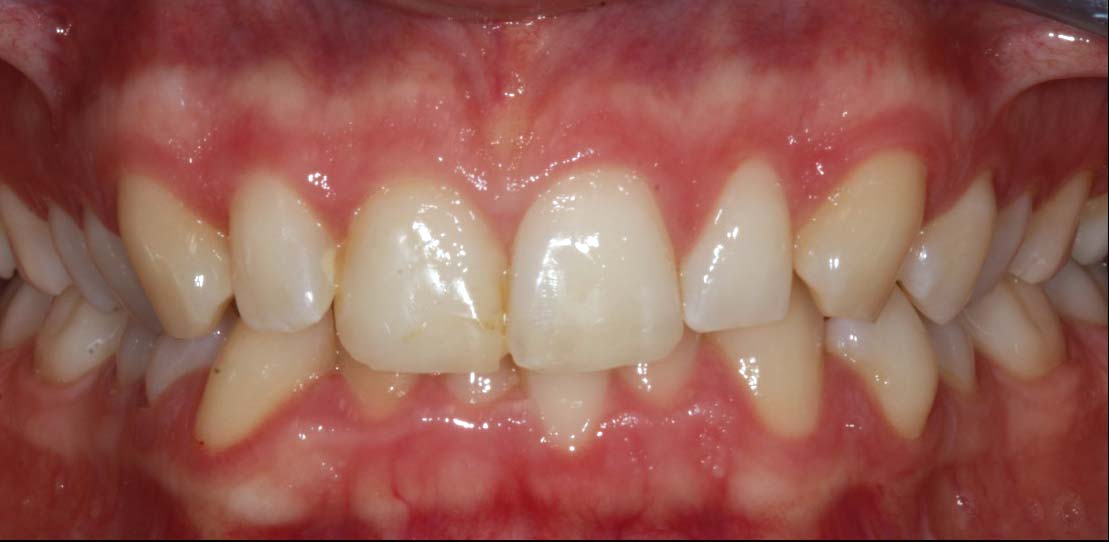A dazzling smile can make a world of difference in one’s confidence and overall appearance. For those seeking to enhance their teeth without invasive procedures, composite bonding has emerged as a popular and effective solution. What is composite bonding? It’s a cosmetic dental technique that uses tooth-coloured resin to improve the look of teeth, addressing issues like chips, gaps, and discolouration.
Dental professionals apply composite bonding to transform smiles with minimal alteration to the natural tooth structure. This comprehensive guide will explore the composite bonding procedure, its benefits, and aftercare tips. Readers will gain insights into what teeth bonding entails, how it differs from other cosmetic dental treatments, and why it’s becoming a go-to option for many seeking to boost their oral aesthetics. Whether you’re considering dental bonding or simply curious about this transformative technique, this article aims to provide valuable information to help you make informed decisions about your dental care.
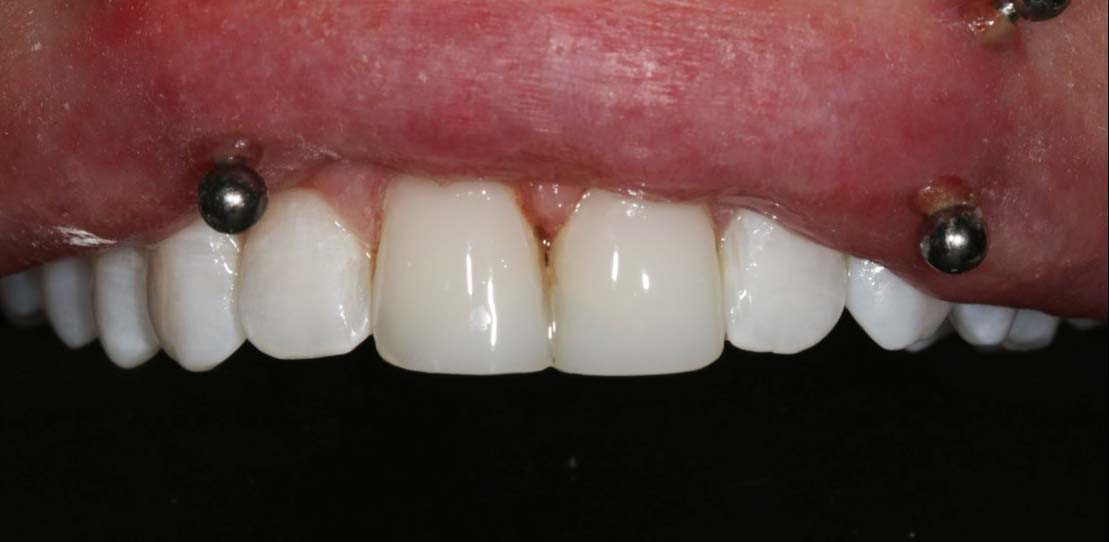
What is Composite Bonding Treatment?
Definition
Composite bonding, also known as dental bonding or teeth bonding, is a cosmetic dental treatment that uses tooth-coloured UV curable resin to enhance the appearance of teeth . This procedure involves applying thin layers of composite resin to the tooth surface to address various dental issues . Clinicians use this technique to fill cracks, repair broken teeth, close gaps, and improve discoloured teeth.
Materials Used
The composite resin used in dental bonding is a type of synthetic dental cement composed of several key ingredients :
- Bis-GMA and other dimethacrylate monomers: These form the base resin matrix .
- Filler material: Typically silica-based, it enhances strength, wear resistance, and aesthetic properties.
- Photoinitiator: This component triggers the polymerisation reaction when exposed to blue light.
- Coupling agent: Usually silane, it strengthens the bond between the resin matrix and filler material.
- Various additives: These control the rate of reaction.
The combination of these materials results in a biocompatible, durable, and aesthetically pleasing dental product.
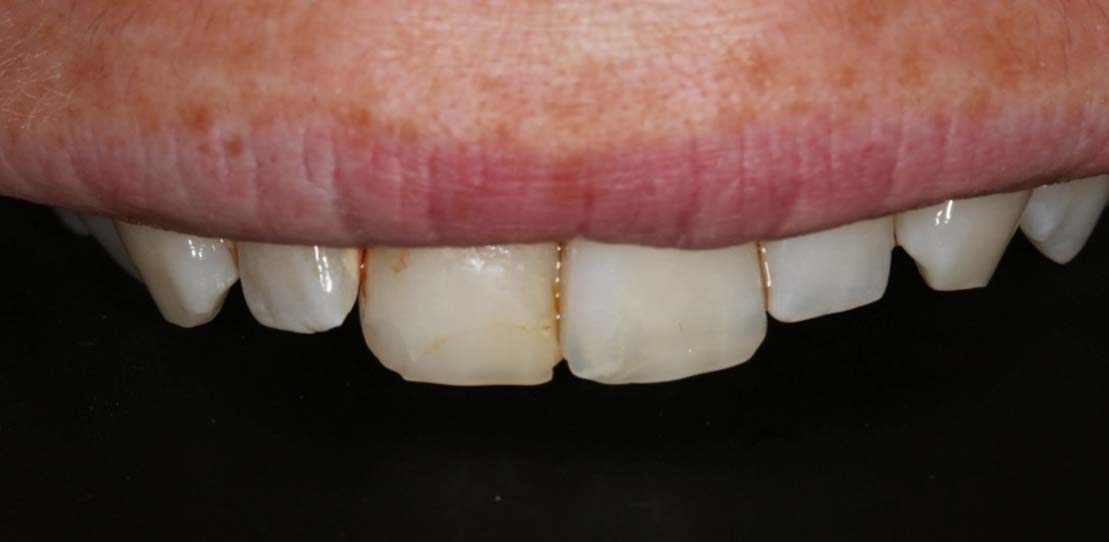
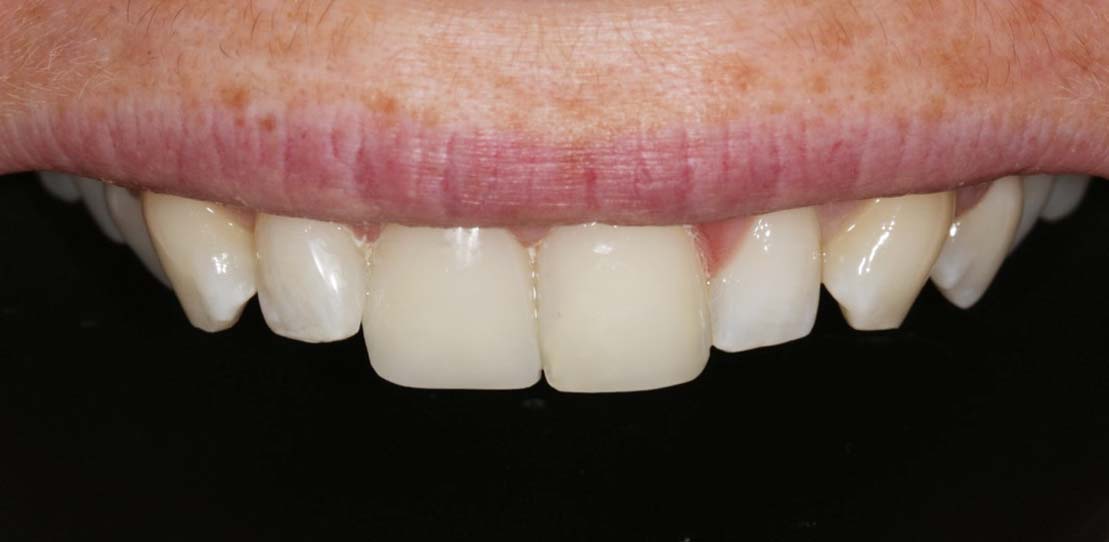
Applications
Composite bonding has a wide range of applications in both cosmetic and restorative dentistry:
- Cosmetic enhancements: It can change the shape, size, or colour of teeth to improve overall smile aesthetics.
- Cavity filling: The same composite resin is used to fill cavities, providing a more natural-looking alternative to traditional amalgam fillings.
- Replacement of old fillings: Composite bonding can replace old silver dental fillings with a more cosmetic option.
- Protection of exposed roots: It can shield tooth roots that have become exposed due to gum recession.
- Non-invasive repairs: Unlike crowns or veneers, composite bonding is a non-invasive procedure that preserves the natural tooth structure.
Composite bonding offers a fast and effective solution for minor cosmetic issues, usually completed in a single dental visit . Its versatility, combined with its natural appearance and durability, makes it a popular choice for patients seeking to enhance their smiles.
The Composite Bonding Procedure
Preparation
The composite bonding process typically begins with a consultation with a qualified clinician. During this consultation, the clinician evaluates the patient’s oral health, discusses their cosmetic goals, and determines the suitability of composite bonding for their needs . The dentist will examine the teeth and evaluate if the composite bonding procedure is necessary .
Preparation involves cleaning the tooth to remove any plaque or tartar. If there’s decay present, the clinician will remove it before proceeding . In most cases, little to no enamel removal is necessary, preserving the natural structure of the tooth . Anaesthesia is usually not required unless there’s a cavity to be filled or significant reshaping is needed .
Application Process
The clinician starts by roughening the tooth surface with a fine-grit diamond bur or coarse paper. This creates a thin layer of tooth debris called a smear layer, which helps with bonding . Next, the dentist applies a mild phosphoric acid solution to etch the tooth surface, rinses it off after 20 seconds, and may use Teflon tape to protect adjacent teeth .
A bonding agent or “bonderizer” is then applied with a brush and cured with LED light for 10-20 seconds . This ensures a firm hold between the tooth and the composite material. The clinician then applies the tooth-coloured composite resin, carefully matching the shade to the patient’s natural teeth . The resin is applied in layers, with each layer shaped and sculpted to achieve the desired result .
Curing and Polishing
Once the composite resin is applied and shaped, a curing light is used to harden the material . This process establishes a strong bond between the composite resin and the tooth. The clinician may go through several cycles of adding resin and curing it, especially for significant repairs .
After curing, the clinician refines the bonded area, making fine trims and cuts to produce realistic contours and grooves . They polish the tooth to achieve a smooth and natural-looking finish . The clinician pays attention to the translucency of the teeth and may use different shades to mimic the natural appearance, finishing with an aluminium oxide glaze .
Benefits of Composite Dental Bonding
Aesthetic Improvements
Composite bonding offers a fast and effective way to enhance the appearance of teeth. This cosmetic dental procedure involves applying tooth-coloured resin to repair or improve the look of teeth . It can address various dental concerns, such as chips, gaps, discolouration, and misshapen teeth . The treatment provides a natural method of transforming smiles, creating a whiter, brighter, and more aesthetically pleasing appearance . Patients can achieve beautiful symmetry and natural elegance in just one visit, often in under 60 minutes .
Cost-Effectiveness
One of the major advantages of composite bonding is its cost-effectiveness. Compared to alternative long-term cosmetic procedures like veneers or orthodontics, composite bonding is significantly more affordable. Prices can range from £200 to £400 per tooth, depending on the scale of work required . The procedure’s efficiency contributes to its cost-effectiveness, as it can usually be completed in a single appointment, reducing clinic time and eliminating the need for custom-fabricated appliances or laboratory work .
Minimally Invasive
Composite bonding is a non-invasive procedure that preserves the natural tooth structure. Unlike treatments such as crowns or veneers, which require permanent removal of part of the tooth, composite bonding only needs the tooth surface to be roughened slightly to help the resin bond . This minimal alteration means the procedure can be easily reversed if desired, without causing damage to the teeth . Additionally, the treatment is typically painless and doesn’t require anaesthesia or drilling, allowing patients to resume normal activities immediately after leaving the clinic .
Aftercare and Maintenance
Oral Hygiene Practices
Maintaining good oral hygiene is crucial for the longevity of composite bonding. Patients should brush their teeth twice daily using a soft-bristled toothbrush and non-abrasive toothpaste to avoid damaging the bonding . Flossing at least once a day is essential to remove food particles and plaque from areas the toothbrush can’t reach . It’s important to be gentle when flossing to prevent damage to the composite material.
Lifestyle Considerations
To preserve the appearance of composite bonding, patients should avoid or limit consumption of staining agents such as coffee, tea, red wine, and berries, especially within the first 48 hours after the procedure . Smoking should be avoided as it can cause yellowing and discolouration of the bonding . Patients should also refrain from biting hard objects or using their teeth to open packages, as this can chip or crack the bonding . For those who grind their teeth, wearing a mouthguard at night is recommended to protect the composite material .
Regular Check-ups
Scheduling regular dental check-ups, at least twice a year, is essential for maintaining composite bonding . During these visits, clinicians can assess the condition of the bonding, perform necessary repairs, and professionally polish the material to keep it looking fresh . With proper care and maintenance, composite bonding can last between 5-7 years . Regular hygienist appointments are also crucial for preserving the bonding and maintaining overall oral health.
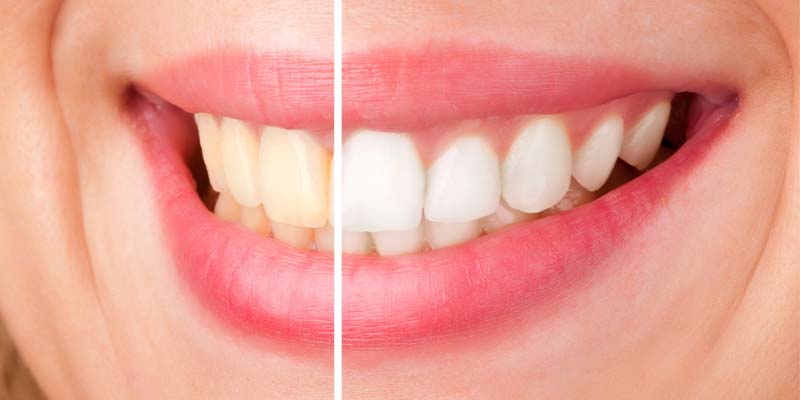
Can I whiten my teeth after Composite Bonding?
If you desire a whiter smile, this will be recommended to do before composite bonding as the composite material itself will not whiten. The patient and clinician will discuss this at the consultation, if the patient decides to have whitening this will be completed before bonding. Once the patient is at the desired shade, the colour match and composite bonding will then be placed to match the new colour. Whitening top ups can then be carried out as and when the patient desires after composite bonding and it will be a better match due to the pre-treatment whitening.
Conclusion
Composite bonding has a significant impact on modern dentistry, offering a quick and effective way to improve smiles. This versatile procedure addresses various dental issues, from chips and gaps to discolouration, all while preserving the natural tooth structure. Its cost-effectiveness, minimal invasiveness, and impressive aesthetic results make it a go-to choice for many looking to enhance their oral appearance.
To get the most out of composite bonding, it’s crucial to maintain good oral hygiene and be mindful of lifestyle choices. Regular dental check-ups play a key role in ensuring the longevity of the bonding. With proper care, patients can enjoy their enhanced smiles for years to come, boosting their confidence and overall well-being.
FAQs
What is composite bonding or tooth bonding?
Composite bonding, also known as tooth bonding or dental bonding, is a procedure used to correct minor damages or gaps in teeth. It involves applying and sculpting a composite resin on a tooth to fill in chips, fractures, gaps, or to correct discolouration, thereby restoring the tooth’s natural appearance.
What role does a teeth bonding play in dental treatment?
In composite bonding, a layer of composite material is applied to the tooth. This material is slightly translucent, and to achieve a whitening effect, multiple layers must be added. This layering can make the tooth appear bulkier due to the thickness of the composite material used.
Is composite bonding considered permissible in Islam?
Composite bonding is considered halal (permissible) if it is done purely for cosmetic reasons, without any intent to deceive others. However, if it is used for purposes that might involve deceit, such as altering one’s appearance for dishonest gain, it would be considered haram (forbidden).
How durable is the composite resin used?
Composite bonding typically lasts between five to seven years, depending on various factors. These include the tooth’s location, the extent of the initial damage, dietary habits, and the quality of oral hygiene practiced. The longevity of the bonding can be affected by biting hard foods or any physical accidents.

